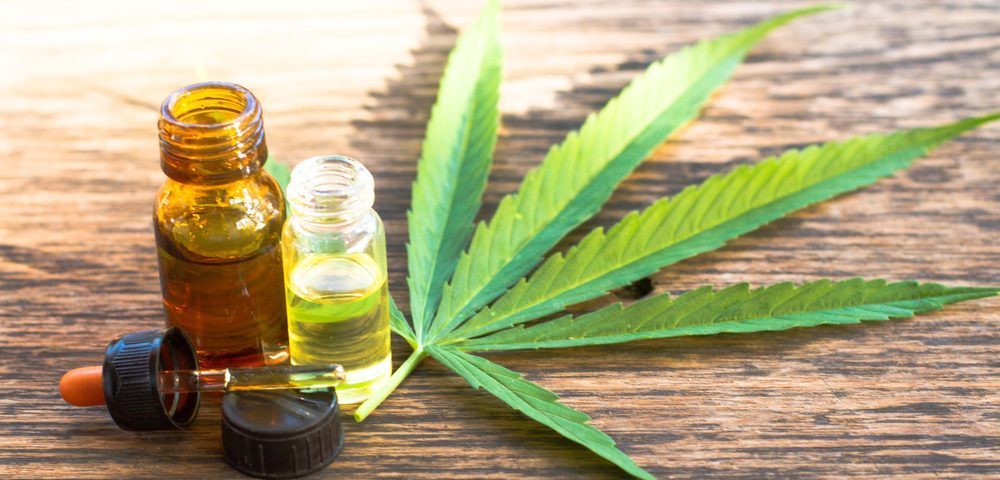High Interest in Medical Cannabis as Parkinson’s Treatment, Survey Says

A survey done in Germany showed that a majority of people with Parkinson’s disease were interested in exploring medical cannabis as a treatment option, with those already using it reporting positive effects.
Notably, most non-users indicated that a lack of knowledge, and the fear of side effects, had stopped them from trying it.
These findings were detailed in a study, “Cannabis in Parkinson’s Disease: The Patients’ View,” published in the Journal of Parkinson’s Disease.
Despite scant clinical data, interest in possible medicinal uses of cannabis — often known best for THC, its main psychoactive ingredient — has grown alongside the compound’s increasing global legalization.
Cannabis has found use worldwide as a treatment for the symptoms of several diseases, including Parkinson’s, and for other illnesses.
Germany approved medical cannabis for use for treatment-resistant symptoms in 2017. However, while Parkinson’s patients in the country can now obtain medical cannabis by prescription, many questions surrounding its use remain unanswered.
“There are few data about which type of cannabinoid and which route of administration might be promising for which [Parkinson’s] patient and which symptoms,” Carsten Buhmann, MD, of the department of neurology at the University Medical Center Hamburg-Eppendorf and the study’s senior author, said in a press release.
“We also lack information about the extent to which the [Parkinson’s] community is informed about medicinal cannabis and whether they have tried cannabis and, if so, with what result,” Buhmann said.
To assess patients’ knowledge and perceptions, and their experiences using cannabis for Parkinson’s, Buhmann and his colleagues at the University Medical Center Hamburg-Eppendorf, located in Hamburg, Germany, conducted a nationwide survey among the members of the German Parkinson Association.
Officially the Deutsche Parkinson Vereinigung e.V., the association is the largest consortium of Parkinson’s patients in German-speaking countries, with nearly 21,000 members.
The team was able to analyze 1,348 completed questionnaires.
The results showed that just over half (51%) of the respondents knew that medical cannabis was legal in Germany and 28% were aware of its various routes of administration, such as oral and inhaled. However, just 9% understood the difference between THC and cannabidiol (CBD), cannabis’ non-psychoactive compound.
A minority of respondents (8.4%) actively used cannabis and most — 54% of those using oral CBD and 68% of those inhaling formulations containing THC — reported beneficial effects.
Cannabis users tended to be younger, to live in large cities, and to be more informed regarding the medication’s clinical and legal aspects.
More than 40% of users said treatment with cannabis helped lessen pain and muscle cramps, and more than 20% felt improvements in stiffness, freezing, tremor, depression, anxiety, and restless legs syndrome.
Cannabis users reported that inhaled THC-bearing compounds treated their stiffness better than did oral CBD products (50% vs 35.4%). The oral CBD products, however, were slightly better tolerated, according to those using them.
Most non-users (65%) expressed an interest in trying medical cannabis but indicated that a fear of its side effects and a lack of knowledge about the product had held them back.
Buhmann noted that the approval for cannabis therapy in Germany had been given “independent of diagnosis and without clinical evidence-based data.”
Thus, while the survey showed that medical cannabis had positive effects for many patients using it, it’s hard to fully explain its potential benefits without rigorous scientific data supporting its use, he said.
Moreover, the possibility of a placebo effect — the perception of improvement based on its expectation — cannot be ruled out, Buhmann said.
That said, Buhmann said he would not discount the therapy’s benefit even if the placebo effect should be found to play a large role.
“Cannabis intake might be related to a placebo effect because of high patient expectations and conditioning, but even that can be considered as a therapeutic effect,” he said.
The results of the German survey are similar to those of another survey, conducted in the United States last year. That survey found that nearly a quarter of 1,064 U.S. Parkinson’s patients used cannabis for symptomatic relief. As with the findings of the German study, the medication’s users in the U.S. tended to be younger than non-users, and the main reason given for not trying cannabis was a lack of scientific evidence supporting its effectiveness.
Bastiaan R. Bloem, MD, PhD, the co-editor-in-chief of the Journal of Parkinson’s Disease, said the survey conducted in Germany provides further confirmation that people with Parkinson’s show a widespread interest in the potential of medical cannabis and that more research on this topic is needed.
“The present paper mainly serves to emphasize the need for carefully controlled clinical trials to further establish both the efficacy and safety of cannabis treatment,” said Bloem, the director of the Radboudumc Center of Expertise for Parkinson & Movement Disorders, in the Netherlands.
Buhmann also called for further research.
“Clinically appropriate studies are urgently needed,” he said.






